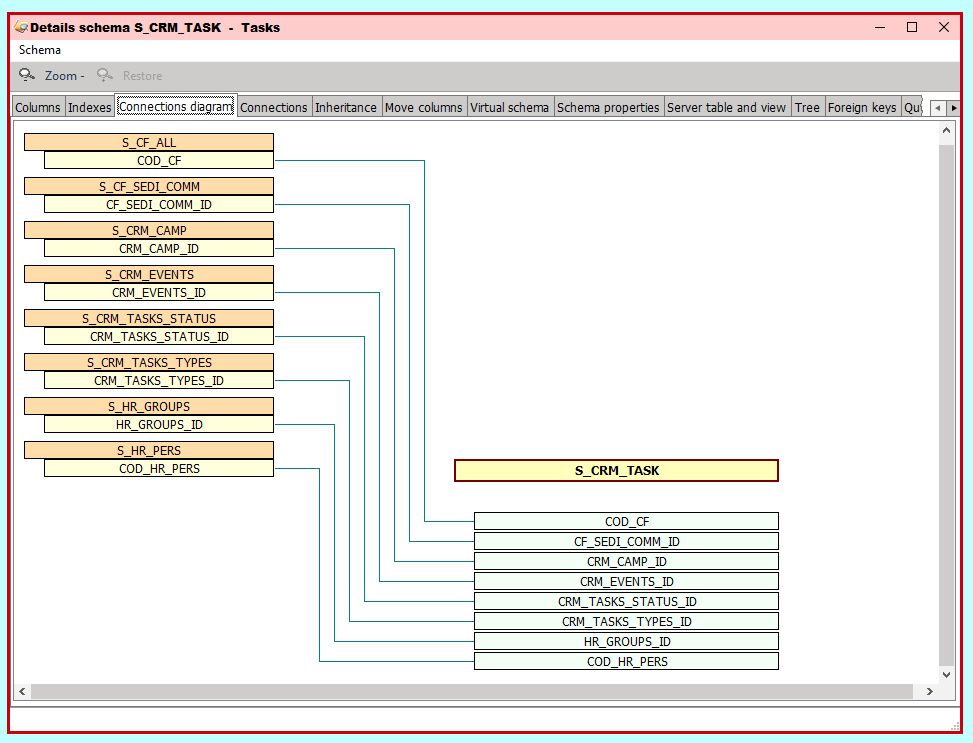
The data structure of X-Cross makes full use of the advanced features of the modern databases:
- Transactions
- Referential integrity
- Stored procedures
- Triggers
- Views
for the best possible operating speed and reliability of the data structure.
Database related advanced features

The data structure of X-Cross makes full use of the advanced features of the modern databases:
for the best possible operating speed and reliability of the data structure.
 The extremely advanced CrossModel data modeler allows X-Cross to use multilevel data structures that dramatically improve the speed and the usability of the software.
The extremely advanced CrossModel data modeler allows X-Cross to use multilevel data structures that dramatically improve the speed and the usability of the software.
Furthermore, this proprietary database tachnology is the base of the exclusive Total Client Internet technology.
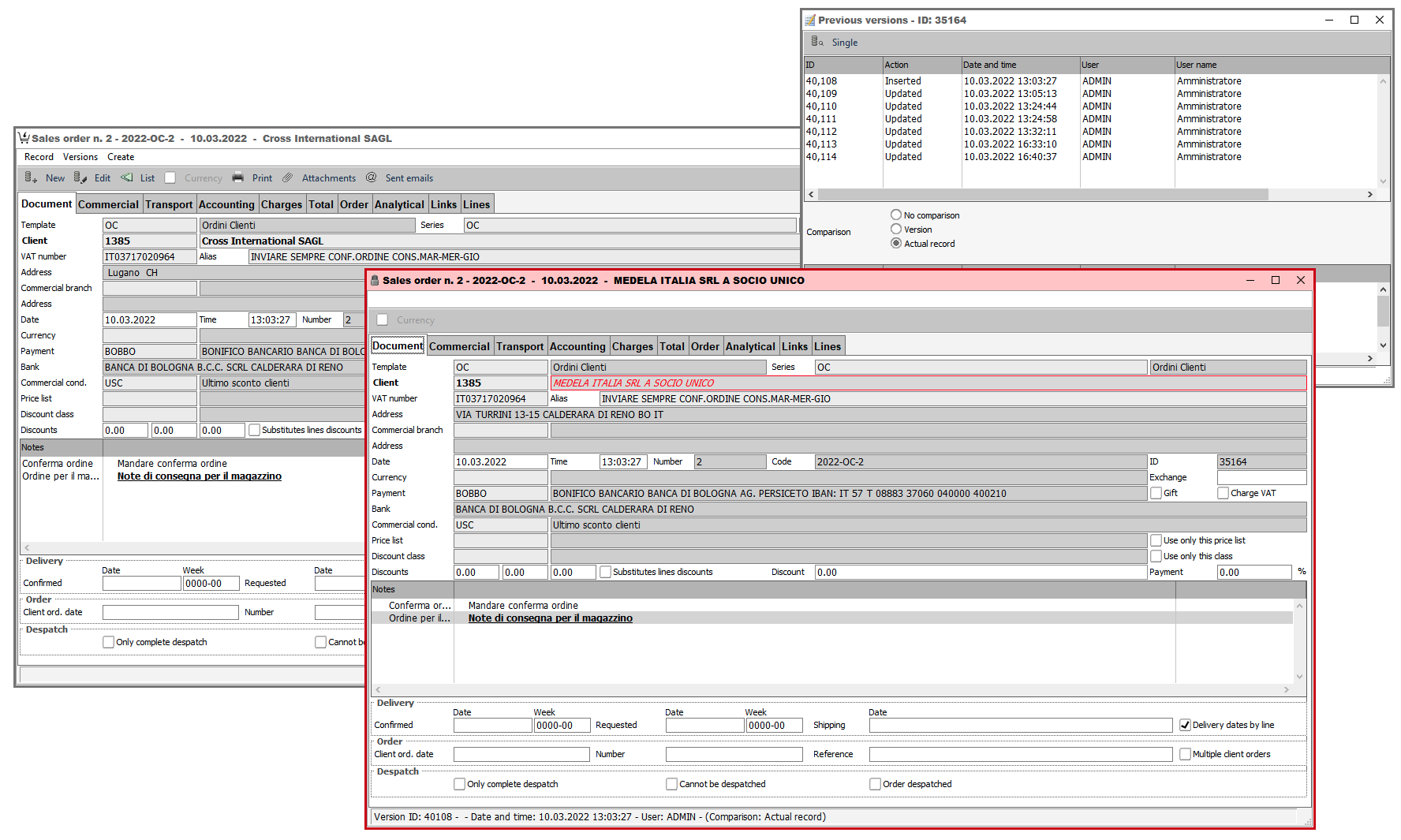 One of the most challenging situations, in a multi-user environment, is how to keep track of what has been modified or deleted. X-Cross offers a very advanced and extremely functional technology to solve this problem.
One of the most challenging situations, in a multi-user environment, is how to keep track of what has been modified or deleted. X-Cross offers a very advanced and extremely functional technology to solve this problem.
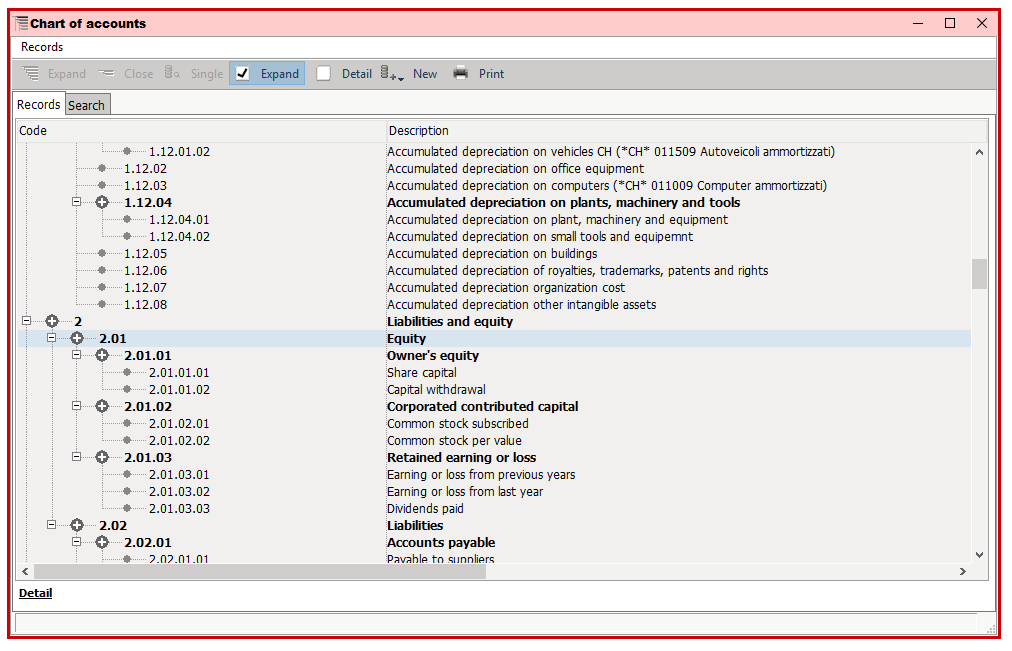 Many tables used in X-Cross don’t simply have a flat structure, but a hierarchical one, where every element of the table can be connected to a parent one in a node-subnode structure, in which every branch can have a different number of levels.
Many tables used in X-Cross don’t simply have a flat structure, but a hierarchical one, where every element of the table can be connected to a parent one in a node-subnode structure, in which every branch can have a different number of levels.

X-Cross offers an advanced and fully functional record locking. The lock of the record is not on the single table, but for all the complex object (e.g an invoice, and order, ect.) that can be composed of multiple tables.
 In many parts of an ERP there can be records that cannot be used any more, but still must remain in the database because thay have been used in old transaction. For example, a VAT code that doesn’t exist any more, a stock item that is not being produced or sold any more, and so on.
In many parts of an ERP there can be records that cannot be used any more, but still must remain in the database because thay have been used in old transaction. For example, a VAT code that doesn’t exist any more, a stock item that is not being produced or sold any more, and so on.
In X-Cross, every record of every table can be marked as “obsolete”, and in this way these records still exist, but they cannot be used any more.
![]()
In X-Cross, the relational connections between tables (e.g the connection between and invoice and the client) uses the ID column of the tables, that is a number automatically generated when a new record is inserted.
Thanks to this structure, the search keys that are used to retrieve the records of the table (e.g. the stock item code, the clients catagories codes, the account code, etc.) can be modified at any time, without any consequence on the data structure.
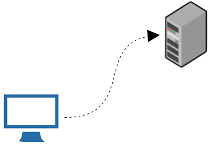 In a classic client-server program, the client has direct access to the database, and this causes relevant inconveniences:
In a classic client-server program, the client has direct access to the database, and this causes relevant inconveniences:
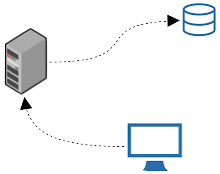 In the X-Cross three tier data server all these inconveniences are eliminated, with a faster and more secure data structure.
In the X-Cross three tier data server all these inconveniences are eliminated, with a faster and more secure data structure.
Furthermore, this data structure can offer an improved connection stability with respect to the client-server model.